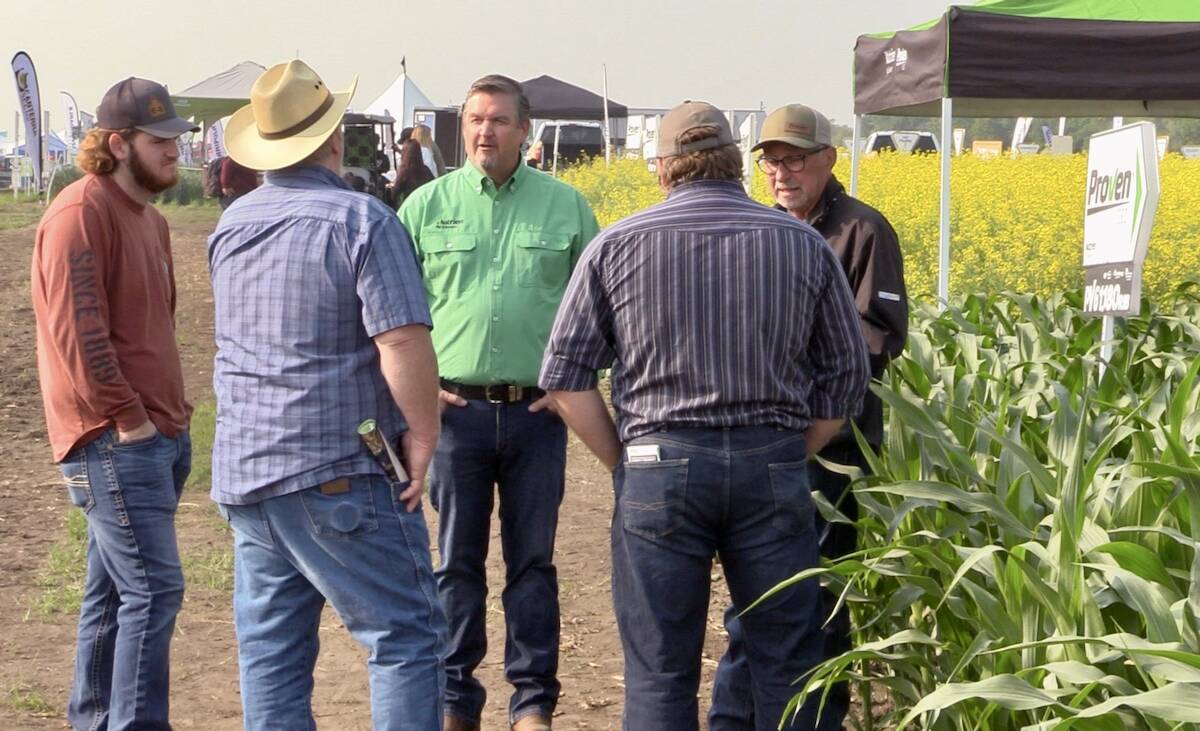Landowners need to do due diligence, says Sask. producer
It wasn’t Bill Dillabaugh’s first time negotiating a surface lease agreement with an oil company when he was approached by a landman earlier this year.
Dillabaugh has farmed and raised cattle against the backdrop of oil production since the early 1980s. More than 40 wells dot the 8,000 acres near Coleville, Sask., that he works with his brother a short drive from the Alberta border.
Wells displace only a small fraction of his operation — as little as two acres — but the company that owns the mineral rights below his crops pays him annually to compensate for the lost land.
Read Also

Interest in biological crop inputs continues to grow
It was only a few years ago that interest in alternative methods such as biologicals to boost a crop’s nutrient…
Like other landowners in the province, he receives a larger one-time payment in the first year that is followed by an annual rent of $1,000 to $3,000, depending on the acres.
“I read the contract right over and I made him take some stuff out of it,” Dillabaugh said of the recent deal.
“He said that in the last six to eight months, I was the third farmer that ever read the whole contract from one end to the other.”
He said deals like this are commonplace. Producers often sign away the right of entry to their land without playing hardball.
“It’s very, very unfair,” he said.
“The new people that are getting oil wells, they have no idea what this oil entails on their farm.”
As well, the annual rent falls when an oil company wants to add an additional well next to an existing one.
One well might net a farmer $1,500, but the second one, added after the initial agreement, might pay $600.
“I have seen that quite a bit more, probably within the last two to three years, based on, I suppose, the horizontal well technology,” said Aaron Ludwig, a lawyer from Estevan, Sask., who negotiates lease and rights agreements for producers.
“I’ve read a couple of the (Surface Rights Board of Arbitration) decisions and … even with those board decisions, it’s a little bit difficult for us to give advice to farmers as to what kind of additional compensation they should be asking for.”
Numbers vary, but Ludwig said he’s seen first-year payments in the thousands of dollars when the landowner has leverage.
“You can base that within the original lease,” he said. “At the end of the day, if they’re not taking any additional acreage, you have to have in your original surface lease a restriction on the ability of the oil company to drill that second oil well, which most farmers don’t have.”
The Saskatchewan Association of Rural Municipalities has lobbied the provincial government to amend the Surface Rights Acquisition and Compensation Act to make it friendlier to landowners.
SARM’s proposal references legislation in Alberta, where reviews are initiated by the energy company. In Saskatchewan, that’s the land owner’s responsibility.
The Saskatchewan government has indicated a desire to review the legislation, which could be launched this summer, said Doug MacKnight, executive director of lands and mineral tenure with the economy ministry.
“It’s not going to be a long drawn out process by any stretch,” he said.
“Folks have got a list of things they want to talk about. I think we’ll get some good input pretty quick.”
Meanwhile, Dillabaugh has started canvassing his neighbours in the Rural Municipality of Oakdale, where he’s hearing frustrations from producers that mirror his own.
He’s hoping that sharing information will help the community negotiate better contracts.
“All the oil companies are together and they figured this all out,” he said.
“I figured maybe all the farmers should get together.”
















